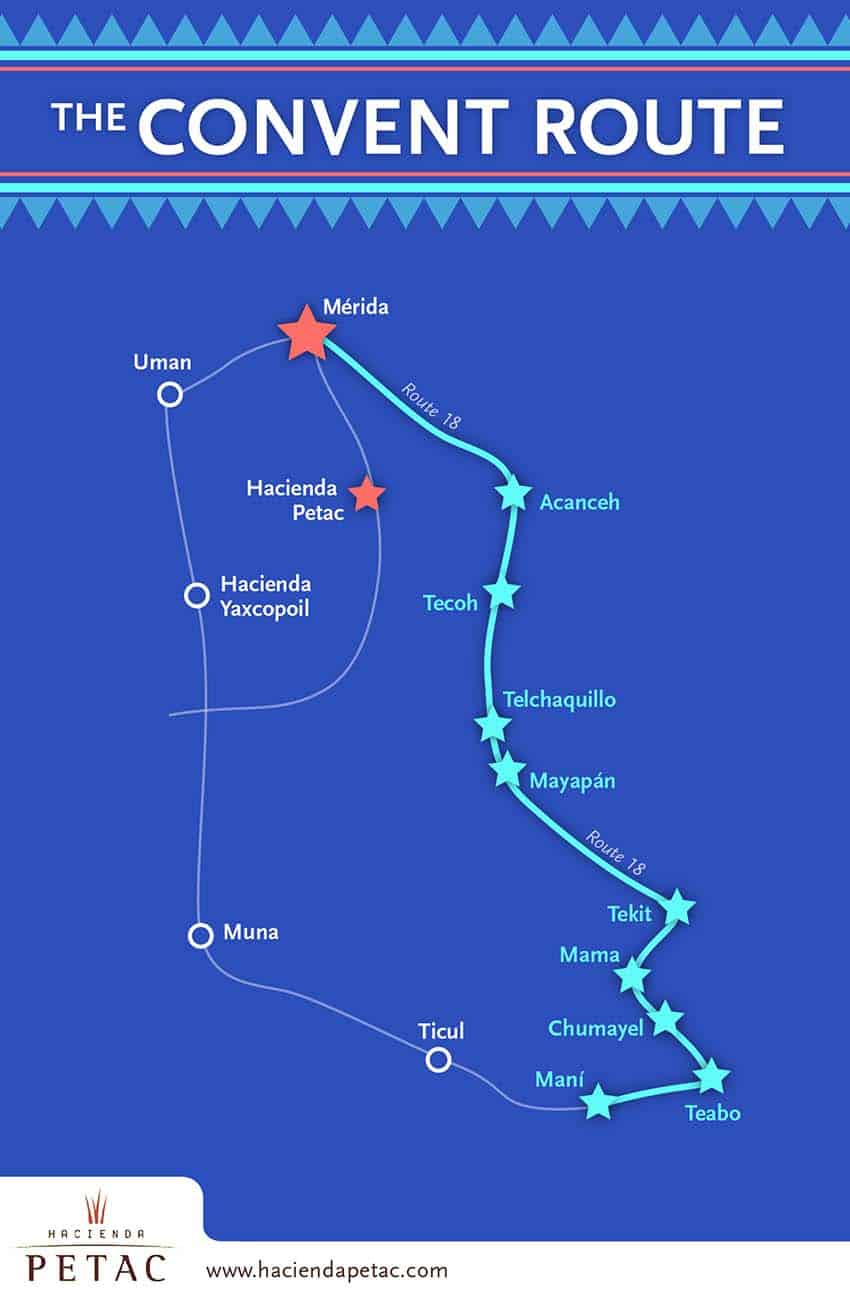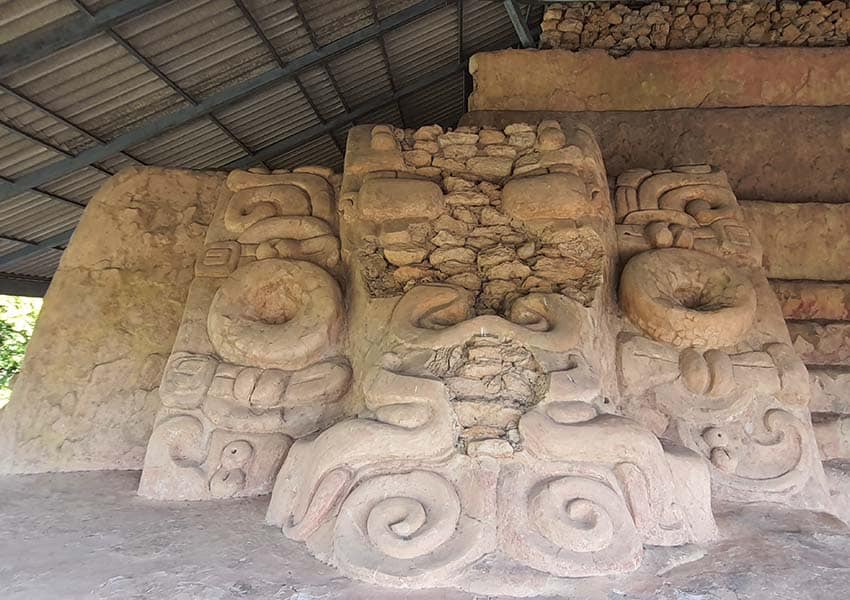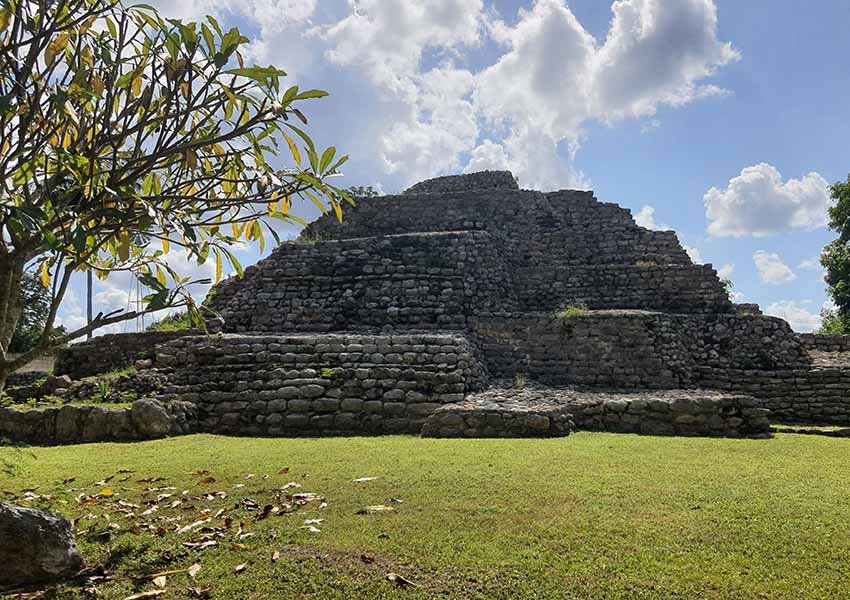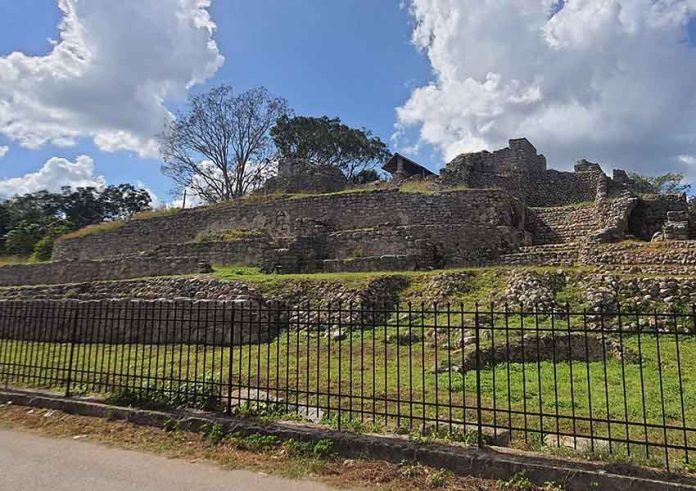Many people who head to Yucatán make time to visit some archaeological sites and get a glimpse into ancient Maya life. But while tourists flock to the state’s famous sites like Chichén Itzá and Uxmal, there are several lesser-known (read: less crowded) but interesting pre-Hispanic settlements to see as well.
Acancéh, a town just 25 kilometers from Mérida, is one such location. The ancient structures there are within the modern town. You can combine a visit to Acancéh with a trip to the archaeological site of Mayapán.
Both these sites are on the Convent Route — a popular travel route through old churches, archaeological sites and other attractions that’ll give you insights into Yucatán’s long history before and after the conquest.

Although the site once had a large number of pre-Hispanic structures, only three buildings are currently accessible, but it’s still worth the trip. You can see them in a couple of hours.
The entrances to the buildings are closed off, so ask the INAH (National Institute of Anthropology and History) official by the main pyramid to let you in. Since these buildings get few visitors, you may even have them to yourself.
Acancéh, pronounced “Akankej,” is Mayan for “moan of deer” — acan, meaning “moan,” and céh, meaning “deer.”
Acancéh had a long occupation, starting from around 700 B.C.–300 B.C. until the Spanish arrived in the 16th century. Since the town of Acancéh is occupied today, some of it has visible signs of the pre-Hispanic and colonial eras.
According to INAH, Acancéh was an important center in the northern Yucatán Peninsula.
The settlement had relationships with different regions and sites, including Guatemala’s Petén region and Mexico’s Dzibilchaltún, Mayapán, Oxkintok and Komchen sites. It may also have had ties with other places, as far as central Mexico and Belize.

Once you arrive at the town’s center, you will see “The Pyramid,” a large pyramidal structure with four stairways once adorned with stucco masks. Five of these masks remain to date. Some are in better condition than the others, although the nose area of each mask is destroyed.
You can climb this pyramid to get a closer look at the masks. Look out for the modern roof covering the masks so you won’t miss them.
These masks are massive — they’re 2.25–3.50 meters tall and 3.05–3.72 meters wide, according to INAH. They are thought to have features of the Maya sun god Kinich Ahau. Make time to spot their details like ears, eyes, eyebrows and tongues. You can also see hints of original red paint. If you’ve been there, they will remind you of the masks in Quintana Roo’s Kohunlich.
A burial site for two persons with offerings was discovered on this pyramid. You can also get great views of the town and the surrounding areas from the top.
Next to the main pyramid, check out the smaller pyramidal structure as well. In this section, you can see a ziricote tree. The ancient Maya are thought to have used their rough-textured leaves for cleaning.
The Palace of the Stuccos, a few blocks away from the main pyramid, is a must-visit. It has a beautiful stucco frieze with anthropomorphic characters — animals and other non-human forms with human features — on the north facade.

The frieze was once painted in bright colors, and the scenes are speculated to represent important events. According to INAH, the figures reflect the style in México state’s Teotihuacán and could suggest possible ties with them.
The Palace of the Stuccos has other room-like structures that are also interesting. You can visualize how glamorous this building was in its heyday.
The Acancéh town and the cathedral are also worth seeing. Some of the modern buildings are built with materials from the ancient structures.
If you have extra time afterward and feel like swimming in a cenote, the cenotes of Cuzamá or Homún are both around 30 minutes away.
Thilini Wijesinhe, a financial professional turned writer and entrepreneur, moved to Mexico in 2019 from Australia. She writes from Mérida, Yucatán. Her website can be found at https://momentsing.com/
